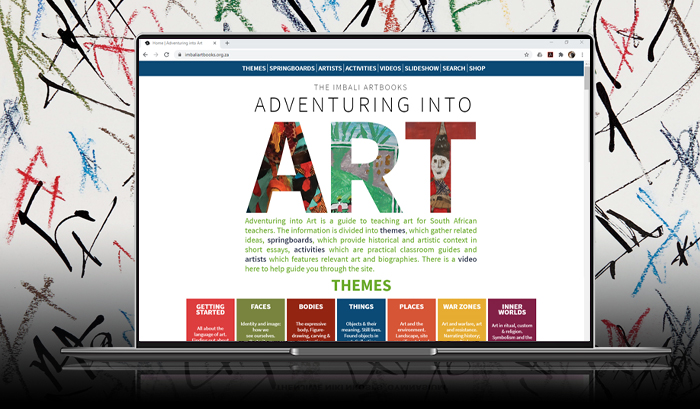Having worked with Grassroots Youth Academy Trust in Khayelitsha for many years in the after-school sector I am aware that what these kinds of projects need are good resources. If there is one sector that has managed to produce resources effectively, in my experience, it is Teaching English as a Foreign Language (TEFL) publishing. Perhaps one of the most useful aspects of the text books they create is the teacher’s book. An almost God-given manual that provides guidance as to how lessons are designed and information about vocabulary and grammar.
This methodology has allowed thousands of English speakers around the world to teach the highly complex and irregular grammatical forms of the English language to people whose English is quite often extremely limited. These books are the crutch that all inexperienced EFL teachers fall back on. When I started teaching EFL in a Further Education College in London in 2002 I would not have survived without the teacher’s book.
I remember being asked once: ‘So why is it “I had my hair cut”? Why is the subject “I” and not “the barber/hairdresser”.’ What a simple nightmare that is to explain for the first time! Oh the causative, oh English! But luckily the teacher’s book had it all there. I didn’t need to look like a complete fool in front of a group of refugees. A group that were already dubious about whether a fellow foreigner could really cut the mustard as an English teacher.

When Ruth Sack and Justine Watterson from Imbali Visual Literacy Programme came to us wanting to turn their Imbali Artbooks: Adventuring into Art into a website, I realised that they had produced a resource very similar to those that exist in TEFL. The Imbali Artbooks which they have produced with the help of the MTN Foundation, is a perfect guide to teachers and after-school facilitators. Helping them to teach art within a South African context. The books not only provide information on art and art practice but also guide the teacher through lessons, while offering them and the students supplementary material.
Our brief at Blackman Rossouw was to make the books into an effective and user-friendly website for all those teachers and projects out there who, due to finances or logistics, do not have access to the books. This was, we discovered, easier said than done. A book and a website are two very different animals. Perhaps, the first thing we realised was that website users are not used to linear progressions and flipping through. Both are, however, core methods for the book user. What we came up with was a plural approach. Using the linearity of the books we added keyword guides or tags and emphasised a search function.
Although there is perhaps nothing worse than being subjected to my voice, Imbali asked me to produce a video guiding people through the site. So rather and me explain just how we turned a book into a website you can (if you so choose) watch the video here.
Imbali is a truly wonderful project. In a country where resources and effective teaching methods are paramount, it is projects like this that can and do help. And we at Blackman Rossouw look forward to helping them develop the site further over the coming year.


